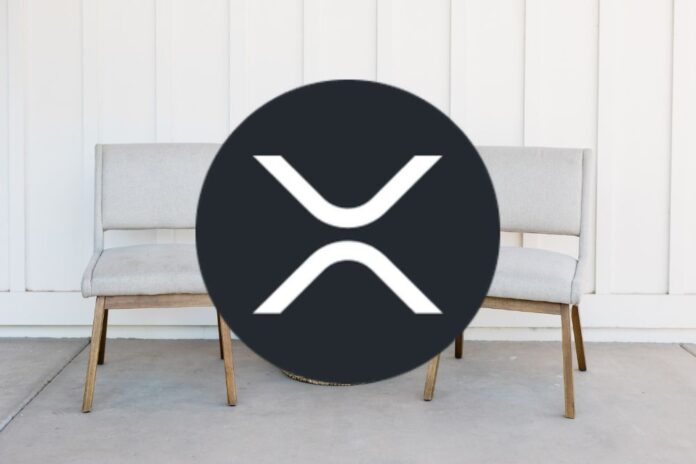The question of why banks would opt to use XRP instead of creating their own Central Bank Digital Currencies (CBDCs) is frequently posed, as many in the crypto community believe banks would prefer to own their CBDCs.
CryptoTank (@Tank2033js), a crypto researcher and investor, has weighed in on this question, explaining why XRP is the best option for banks, and why they will choose it over other digital assets.
Competition Among Banks
CryptoTank noted that banks operate in a highly competitive environment. Smaller banks vie for customers and market share against financial giants such as J.P. Morgan and Bank of America. If these smaller institutions were to adopt a digital token or CBDC issued by a larger competitor, they would inadvertently grant a competitive advantage to that rival.
As CryptoTank explained, accepting a competitor’s digital token could lead to the larger bank setting the terms of its issuance and usage, potentially squeezing out smaller players.
The Need for Liquidity
Banks are in dire need of easily accessible, cost-effective liquidity with minimal friction. The current system, predominantly facilitated by SWIFT, falls short in this regard.
Established in the 1970s, CryptoTank noted that SWIFT is plagued by inefficiencies, including high costs, significant friction, and a failure rate of 6-8% for daily transactions. He pointed out that the modern financial system aims to enable seamless movement of value, a goal that SWIFT is increasingly ill-equipped to meet.
The Role of a Neutral Bridge Currency
A neutral bridge currency is critical for facilitating the smooth transfer of value globally. As documented by the Bank for International Settlements (BIS), the International Monetary Fund (IMF), and the World Economic Forum (WEF), such a currency would help banks free up Nostro Vostro accounts, minimize friction, and reduce transaction failures. Notably, XRP has been highlighted by the World Bank for this role.
XRP can act as this neutral bridge currency, as it is designed to move large amounts of value quickly and at a low cost, addressing the liquidity and efficiency challenges faced by banks.
We are on twitter, follow us to connect with us :- @TimesTabloid1
— TimesTabloid (@TimesTabloid1) July 15, 2023
Ripple’s Strategic Position
Ripple has been at the forefront of developing the infrastructure for the new financial system for over a decade. The company has established partnerships with more than 30 central banks worldwide and collaborates closely with major financial institutions.
Some proponents argue that Stellar’s XLM could serve a similar role to XRP. Although XLM has its benefits, it was designed for peer-to-peer transactions and financial inclusion, rather than the large-scale value transfers that XRP facilitates. XRP’s unique utility lies in its ability to handle massive transactions efficiently, making it the preferred choice for institutional use.
Disclaimer: This content is meant to inform and should not be considered financial advice. The views expressed in this article may include the author’s personal opinions and do not represent Times Tabloid’s opinion. Readers are urged to do in-depth research before making any investment decisions. Any action taken by the reader is strictly at their own risk. Times Tabloid is not responsible for any financial losses.
Follow us on Twitter, Facebook, Telegram, and Google News


